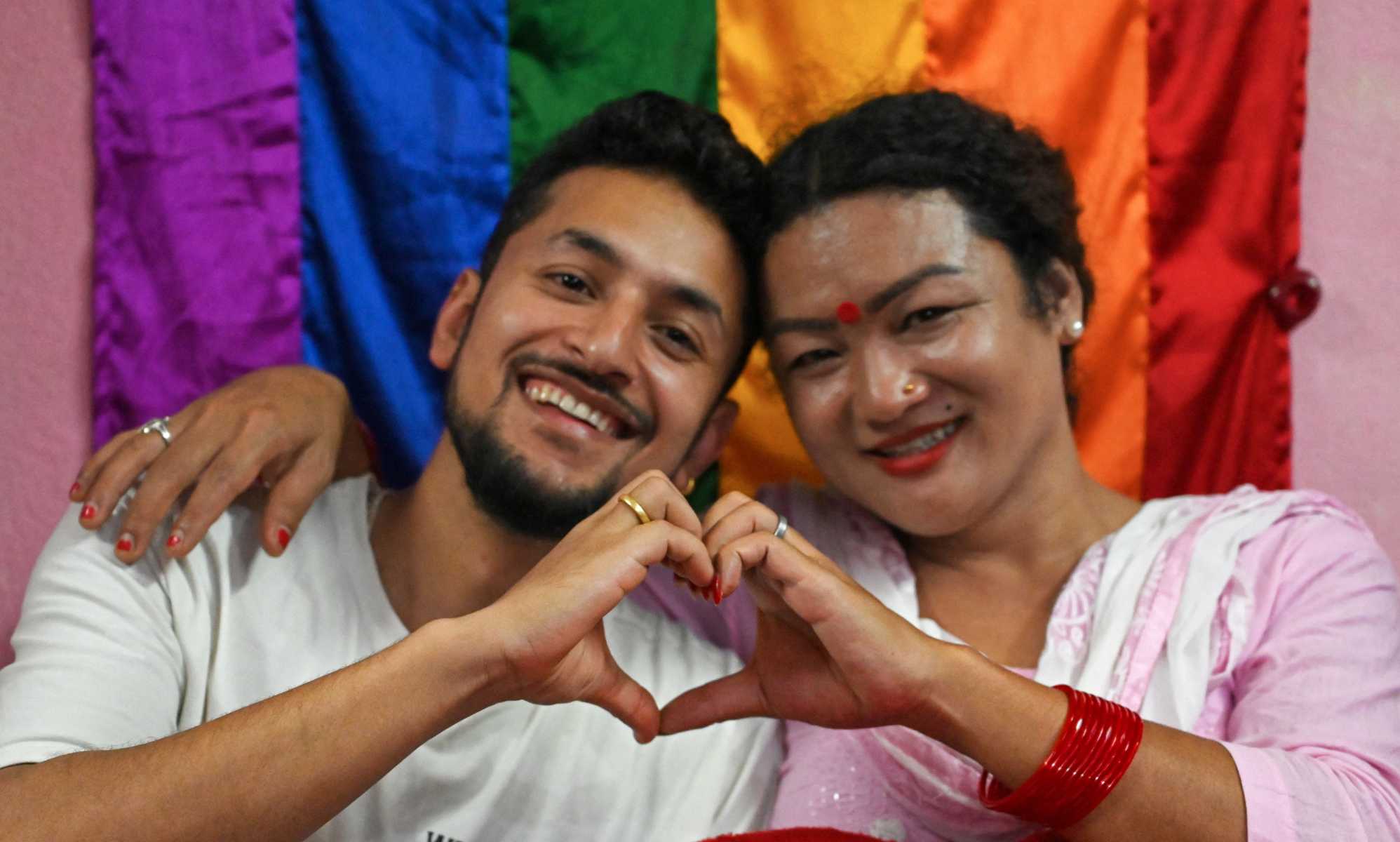Nepal is an interesting and challenging nation to comprehend. It's population is so mixed with so many cultures vying, LGBTQ almost seems like an afterthought or a box to check as they try to protect minority rights. There is no single ethnic majority.
This article shed a little more light on the enigma that is Nepal:
https://blogs.lse.ac.uk/southasia/2023/05/08/lgbtq-movement-in-nepal-where-are-we-now/
It doesn't sound like Nepal is racing toward real equality, but it is a step. The comment about Asia being homophobic is in keeping with the comments I have been making about homophobia being much more ingrained than any Easy Button religious cause. The population of the Indian subcontinent and of East Asia is staggering, and notably not dominated by monotheism, the erstwhile supposed source of homophobia in Judaism, Islam, and Christianity.
It doesn't appear Nepalese gays have equal rights today with their straight counterparts, despite legal promises.
On a separate note, it seems to be a difficulty for gays who do not identify as feminine to cheer on acceptance of same sex couples with a trans member when the acceptance of the trans person seems linked to a male being accepted as a surrogate female. Because of sex workers and attitudes about prostitution, it is likely that trans individuals are MORE accepted in Asia than couples where both men present and fill the roles of men in those societies. The same pattern seems to also exist across North Africa and the Levant, where there is a sort of knowing acceptance of excursions by straight men into sleeping with boys or gay sex workers.
It seems no coincidence that women are not viewed as equals in much of Asia, Africa, or the Levant. By that, I mean there may be a problem with accepting men who voluntarily accept a 2nd Class role in society versus a gay man who demands equality as a member of the privileged male class.
I hope Nepal actually is changing, but this case doesn't seem to be evidence more than a showcase example.



